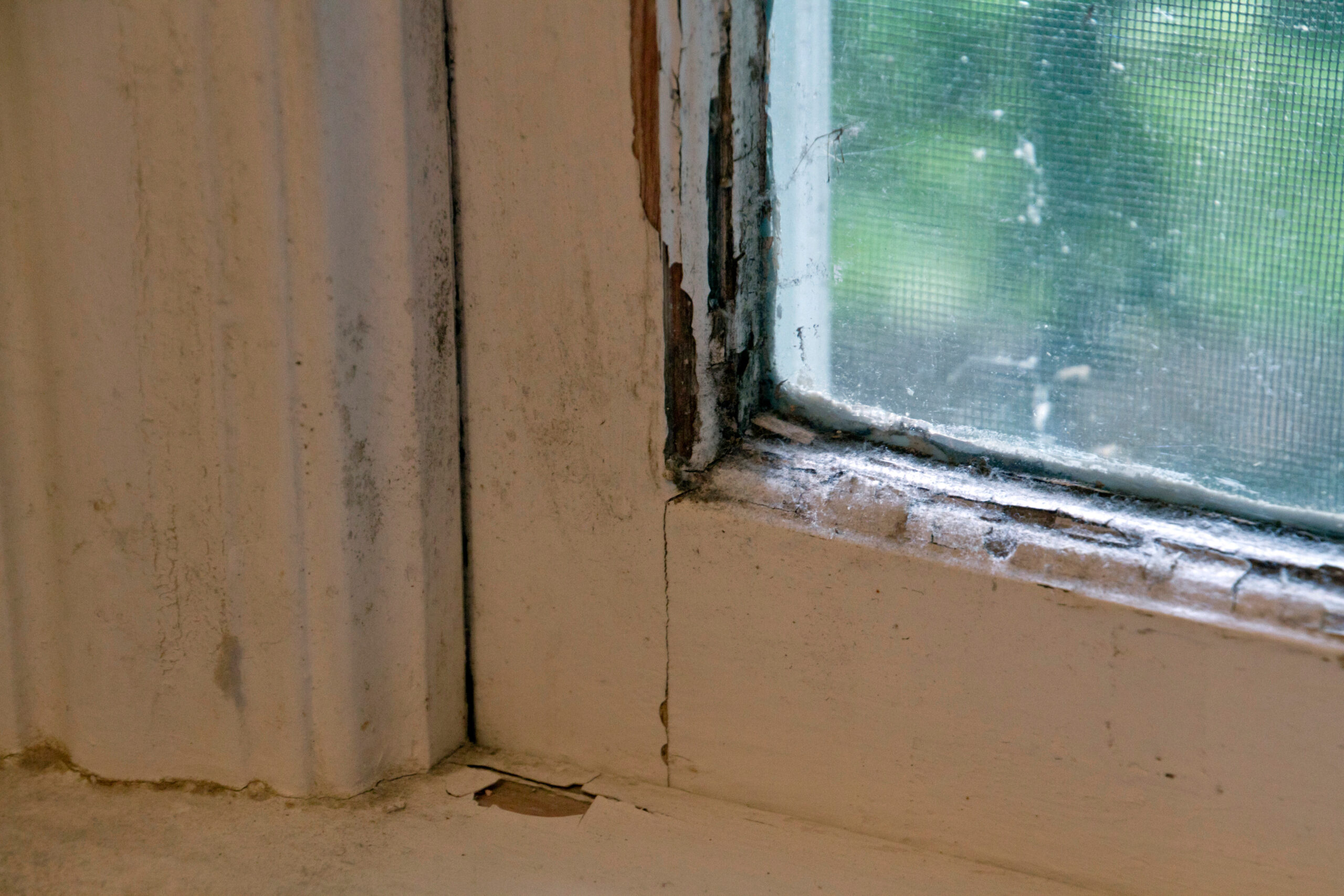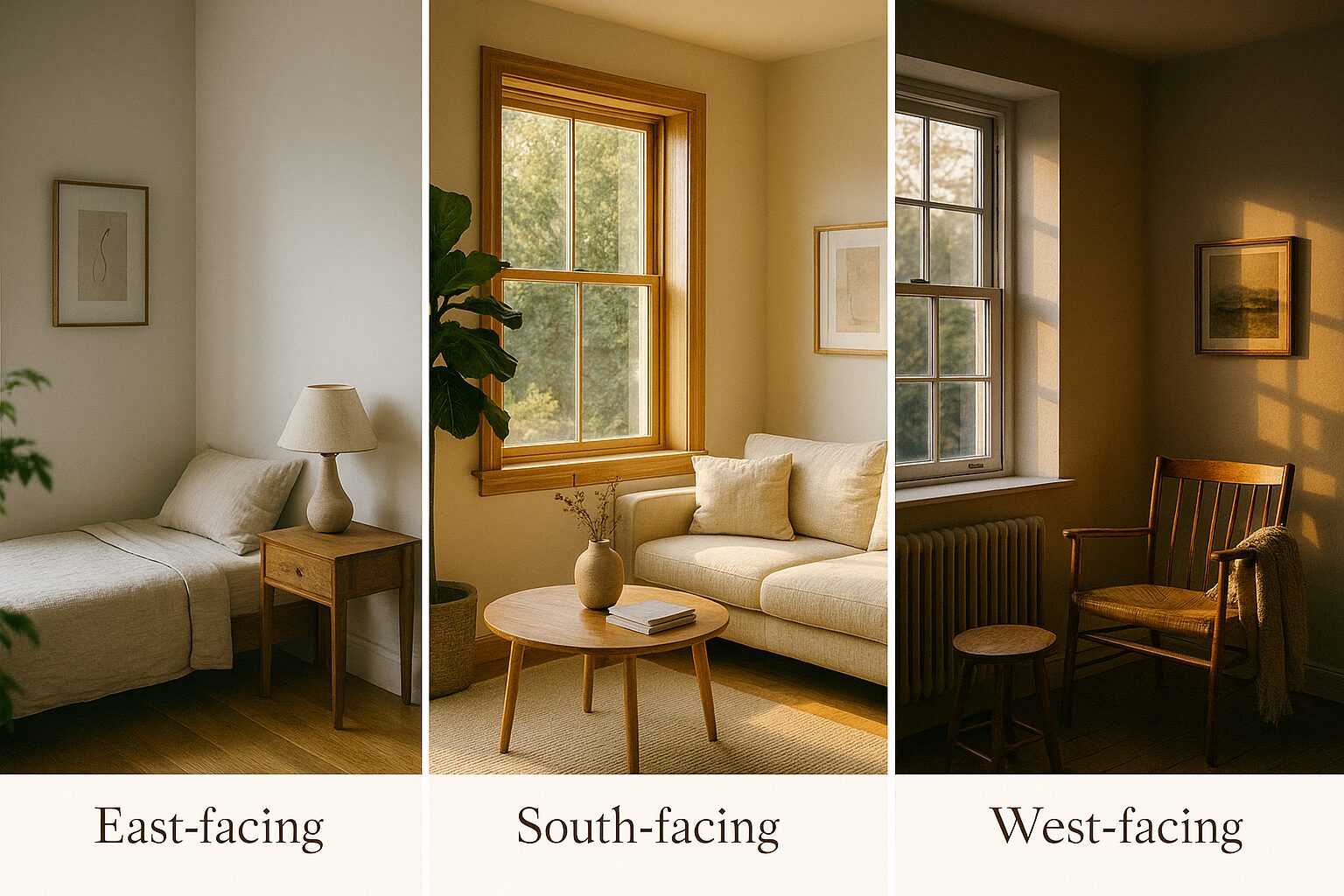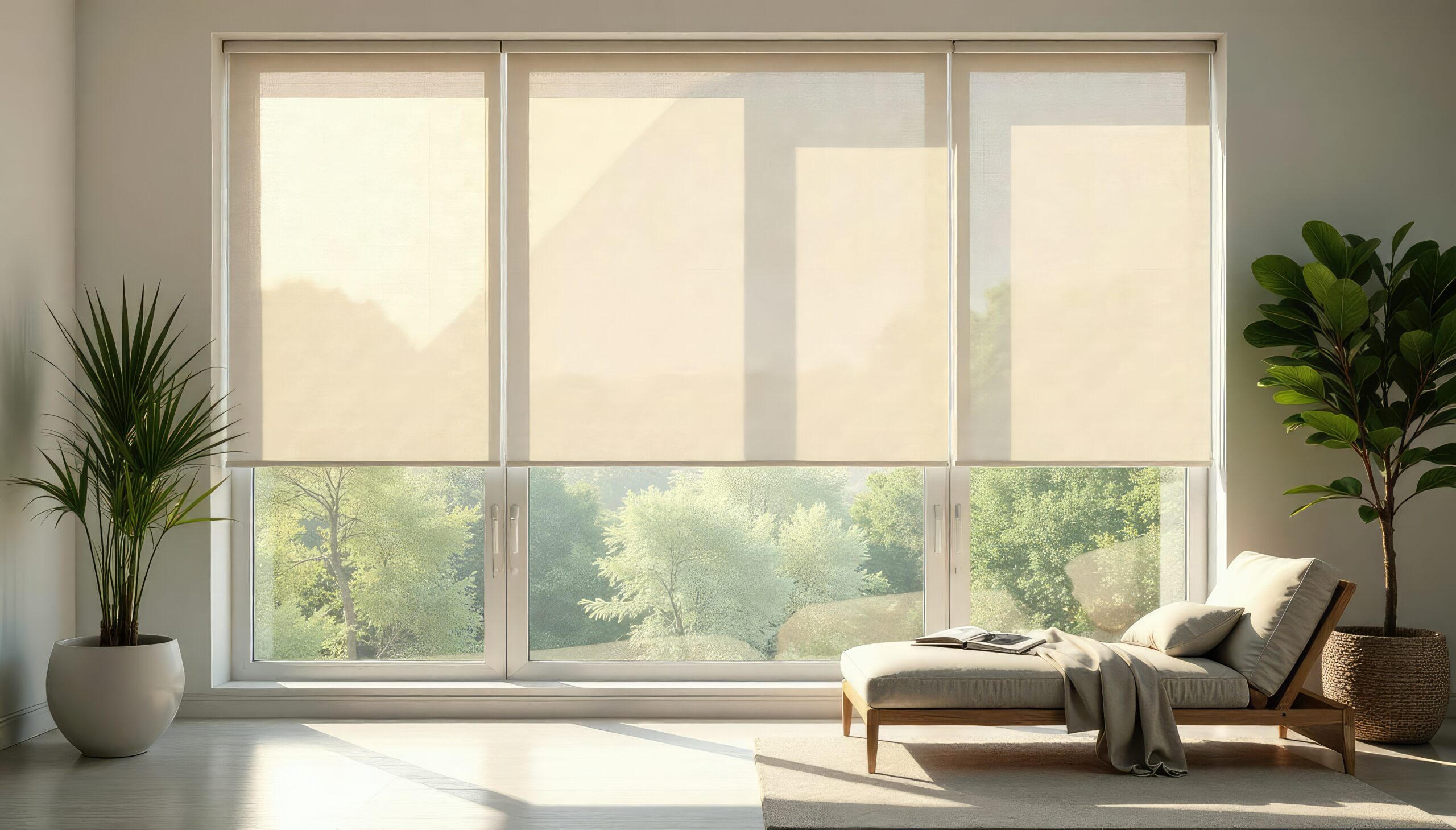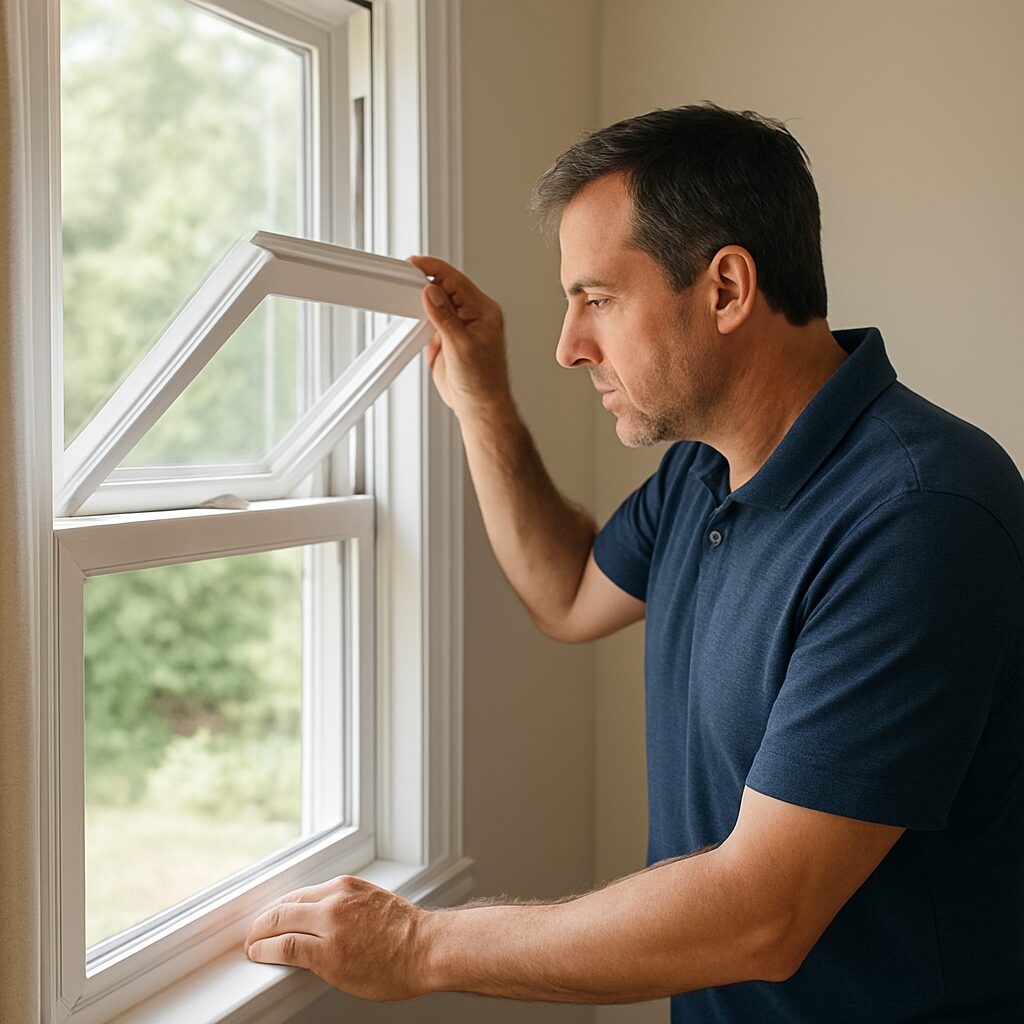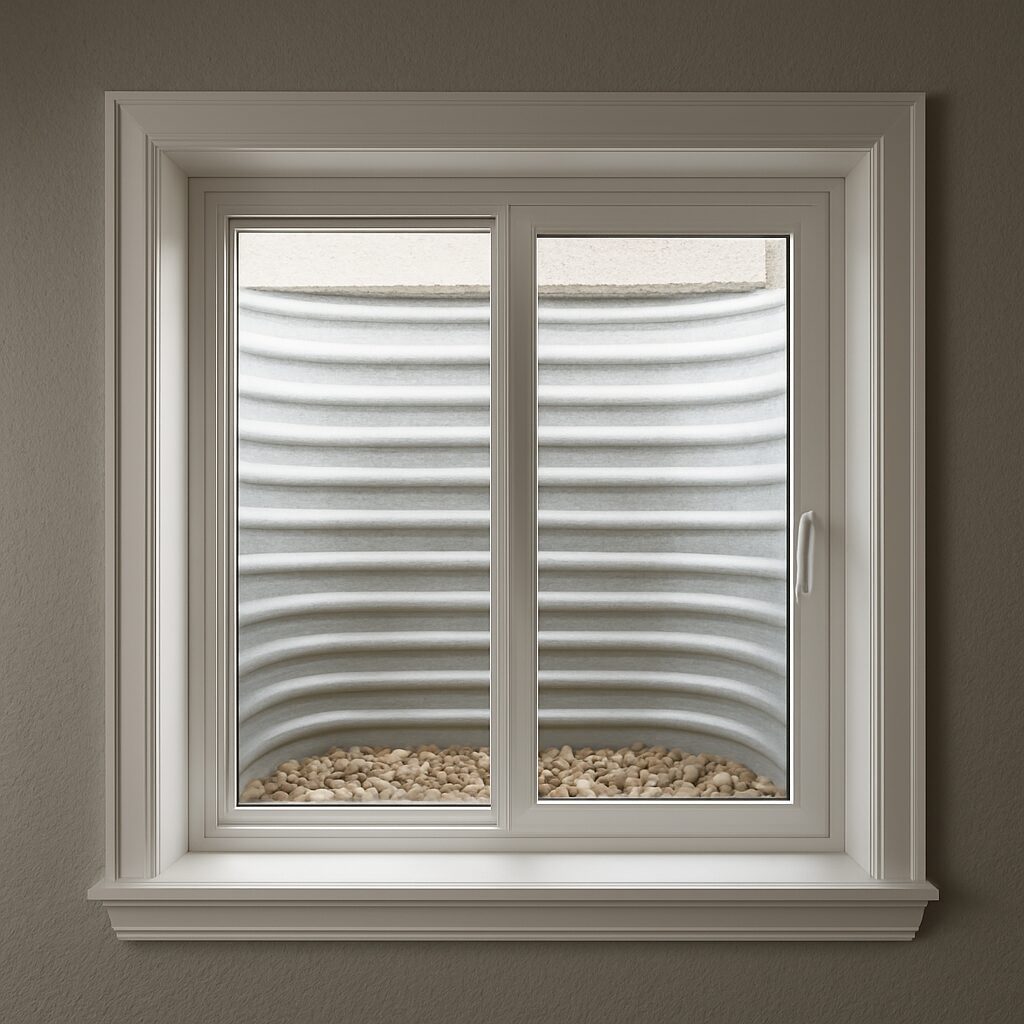We’ve all been there—walking past that slightly drafty window for the hundredth time, telling ourselves we’ll deal with it “next month” or “when we have more time.” It’s human nature to put off home repairs that don’t seem urgent, especially when they’re still technically functional. But when it comes to windows, what seems like a minor inconvenience today can turn into a costly nightmare tomorrow.
The goal of this post isn’t to alarm you, but to help you understand the real costs of delaying window replacement—costs that go far beyond the price of new windows themselves. By recognizing these risks early, you can make informed decisions that protect both your home and your wallet.
The Silent Spread of Wood Rot
One of the most insidious problems with aging windows is moisture intrusion. When window frames, sills, or sashes begin to fail, they create pathways for water to seep into your home’s structure. Unlike a burst pipe or obvious leak, this moisture damage often happens slowly and silently, hidden behind trim work or within wall cavities.
Over time, this persistent moisture creates the perfect environment for wood rot to take hold. What starts as a small leak around a window frame can eventually compromise the structural integrity of surrounding walls, requiring extensive repairs that go far beyond simple window replacement.
The hidden nature of this damage makes it particularly dangerous. By the time you notice visible signs, the problem has likely been developing for months or even years:
- Soft spots in wood frames – indicating advanced rot that may require structural repairs
- Discolored or stained trim work – showing water has been penetrating for extended periods
- Musty odors near windows – suggesting hidden moisture and potential mold growth
- Paint peeling or bubbling – revealing moisture damage beneath the surface
Replacing windows before they reach this point of failure often prevents the need for costly wall reconstruction, siding repairs, or structural remediation work.
Mold and Moisture: Invisible Health Hazards
Even minor water intrusion around windows can create conditions that encourage mold growth. Mold thrives in dark, damp environments, and the space behind window trim or within wall cavities provides the perfect breeding ground when moisture is present.
This is more than just a cosmetic concern. Mold significantly impacts indoor air quality and can worsen allergies, asthma, and other respiratory conditions. Family members may experience symptoms without realizing that failing windows are the root cause:
- Persistent coughing or sneezing – especially worse in certain rooms or seasons
- Unexplained headaches – often related to poor indoor air quality
- Increased allergy symptoms – particularly for those sensitive to mold spores
- Respiratory irritation – difficulty breathing or chest tightness in affected areas
Indiana’s climate presents particular challenges in this regard. Humid summers create conditions where even small amounts of moisture can quickly become problematic, while freeze-thaw cycles in winter can worsen existing seal failures and create new entry points for water. These seasonal temperature swings put additional stress on aging window components, accelerating the deterioration process.
Energy Efficiency: Small Gaps, Big Bills
Old, drafty windows are often the largest source of energy loss in a home. Those small gaps and air leaks you feel when you walk past might seem minor, but they add up to significant heating and cooling costs throughout the year.
The science is straightforward: heat naturally moves from warm areas to cool areas. In winter, heated air escapes through poorly sealed windows while cold air infiltrates your home. In summer, the process reverses, with cool conditioned air leaking out and hot air entering. Single-pane windows compound this problem by providing minimal insulation barrier.
Modern double or triple-pane windows with Low-E coatings and proper sealing can dramatically reduce this energy transfer. According to the Department of Energy, 25-30% of residential heating and cooling energy use is lost through inefficient windows. The benefits of upgrading include:
- Immediate comfort improvements – eliminate drafts and cold spots near windows
- Lower utility bills – potential savings of hundreds of dollars annually
- Consistent indoor temperatures – less strain on your HVAC system
- Improved home value – energy-efficient windows are attractive to future buyers
For the average homeowner, this translates to substantial long-term savings that often offset the initial investment in quality replacement windows.
Security Risks You Can’t See
Beyond comfort and energy efficiency, aging windows can compromise your home’s security. Older locking mechanisms may not meet current standards, and warped frames can prevent windows from closing or locking properly. These vulnerabilities create easy points of entry for intruders.
Outdated hardware is particularly problematic. Window locks from decades past often lack the robust design of modern security features. Additionally, old glass may be more fragile and easier to break than contemporary options designed with safety in mind.
A secure home provides peace of mind that goes beyond the monetary value of your possessions. Knowing that your windows provide reliable security allows you to rest easier, whether you’re home or away. This psychological benefit is difficult to quantify but represents real value for homeowners and their families.
The Real Cost of Waiting: Dollars and Stress
The true expense of delaying window replacement becomes clear when you compare the cost of proactive replacement versus reactive repairs. Replacing a set of windows today might seem like a significant expense, but it pales in comparison to dealing with water damage, structural rot, mold remediation, and wall reconstruction later.
Consider the cascading costs that can result from window failure:
- Emergency repair premiums – urgent fixes often cost 50-100% more than planned work
- Structural damage expenses – water damage may require permits and specialized contractors
- Mold remediation costs – professional mold removal can cost thousands of dollars
- Temporary housing expenses – extensive repairs may require you to relocate temporarily
- Insurance complications – claims may be denied for damage from neglected maintenance
Beyond the financial implications, emergency repairs create stress and disruption that planned replacements don’t. Choosing to address window issues on your timeline, rather than when they become urgent problems, gives you control over the process and allows you to make thoughtful decisions about products and contractors.
This approach also maximizes the long-term value of your investment. Quality window replacement performed before major problems develop protects your home’s structural integrity and can improve its resale value, while emergency repairs typically focus on damage control rather than improvement.
How to Know If It’s Time to Replace
Recognizing the warning signs early allows you to address window issues before they become costly problems. Here are key indicators that it’s time to explore replacement options:
Persistent drafts around windows, even when they’re closed and locked, signal seal failure or frame warping. These drafts will only worsen over time and immediately impact your comfort and energy bills.
Fog or condensation between panes in double-pane windows indicates seal failure. Once this occurs, the insulating properties of the window are compromised, and the problem cannot be repaired—only replaced.
Warped frames or sashes prevent proper closing and locking, compromising both energy efficiency and security. Warping typically indicates moisture damage that will continue to worsen.
Difficulty opening or closing windows safely can create emergency egress concerns and often signals frame swelling from moisture or hardware failure.
Water stains or soft wood around window frames indicate active or past moisture intrusion. Even if the immediate leak seems to have stopped, the underlying conditions that caused it likely remain.
If you’re noticing one or two of these signs, it’s time to explore your options. Waiting for problems to multiply only increases the eventual cost and complexity of addressing them.
A Simple Step Today Prevents a Big Repair Tomorrow
Window replacement might seem like a major undertaking, but it’s more accessible and straightforward than many homeowners realize. Today’s window technology offers significant improvements in energy efficiency, security, and ease of maintenance compared to products from even a decade ago.
The key is working with a trustworthy local expert who can assess your specific situation without pressure or sales tactics. A professional evaluation can help you understand which windows truly need immediate attention and which might be addressed in a future phase, allowing you to plan and budget accordingly.
At Window Man, we believe in empowering homeowners with honest information and realistic timelines. Our free consultations focus on education first, helping you understand your options and make decisions that align with your priorities and budget.
Don’t let small problems become big expenses. If you’re noticing warning signs or simply want to understand your window replacement options, we invite you to schedule a no-pressure consultation. Browse our resources online or contact us directly to take the first step toward protecting your home and your peace of mind.
Ready to learn more? Contact Window Man today for your free consultation and discover how quality window replacement can benefit your central Indiana home.

